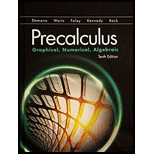
Show that the combine result of reflection and translation differ when applied in opposite order and explain the reason.
The combine result of translation and reflection is different in opposite order.
Given:
Take an equation
for example whose graph is as follows:
1
Concept Used:
The graph of
1) If
2) If
And, the graph of
1) If
2) If
The transformation of horizontal stretches or shrinks from
The graph of
The transformation of vertical stretches or shrinks from
The graph of
The graph of
Calculation:
Transform the graph of
1) The reflection of
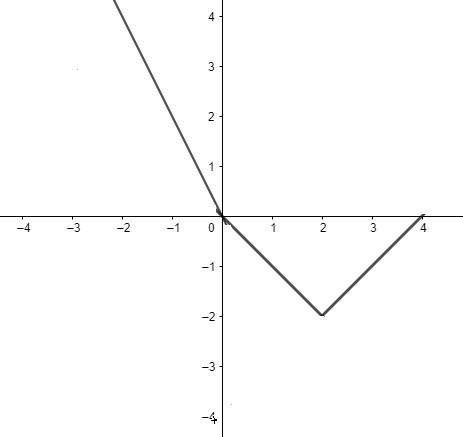
2) A shift of one unit left.
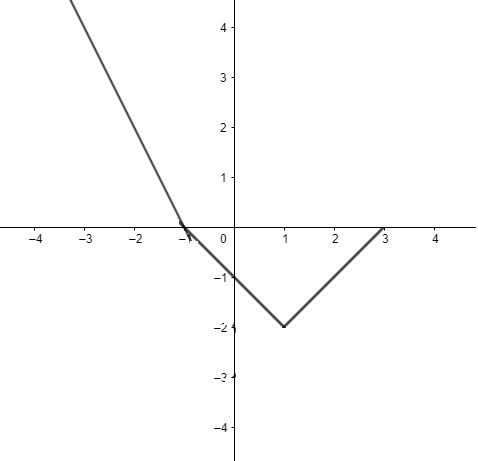
3) The shift of
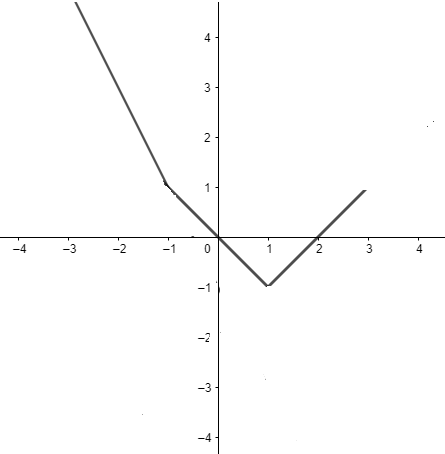
Now, apply the same transformation in opposite order, that is, a shift of one unit up then a shift of one unit left and finally reflection across x -axis.
1) Translate by a shift of one unit up.

2) Apply transformation of translation by a shift of one left,

3) Finally apply the reflection across x -axis.
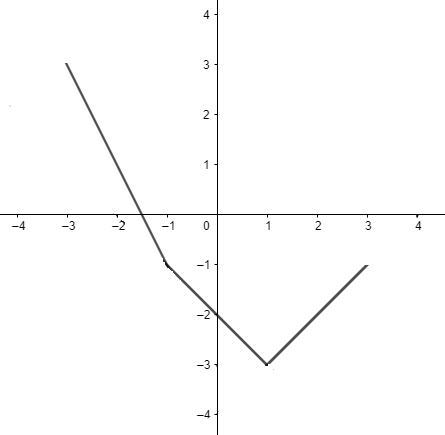
Clearly, the final graph obtained in the two sequences of transformation is different.
The transformation in first sequence, a reflection across x- axis transforms equation
Then, a shift of one unit left transform equation
And finally, the shift of one unit up, transform
Hence, the final transformed equation is
Now, consider the second sequence, a shift of one unit up transform equation
Hence the final transformed equation is
The final equation in the two orders of transformations is not same because in reflection across x -axis the whole function is multiplied by
Conclusion The combine result of translation and reflection is different in opposite order.
Chapter 1 Solutions
EBK PRECALCULUS:GRAPHICAL,...-NASTA ED.
 Calculus: Early TranscendentalsCalculusISBN:9781285741550Author:James StewartPublisher:Cengage Learning
Calculus: Early TranscendentalsCalculusISBN:9781285741550Author:James StewartPublisher:Cengage Learning Thomas' Calculus (14th Edition)CalculusISBN:9780134438986Author:Joel R. Hass, Christopher E. Heil, Maurice D. WeirPublisher:PEARSON
Thomas' Calculus (14th Edition)CalculusISBN:9780134438986Author:Joel R. Hass, Christopher E. Heil, Maurice D. WeirPublisher:PEARSON Calculus: Early Transcendentals (3rd Edition)CalculusISBN:9780134763644Author:William L. Briggs, Lyle Cochran, Bernard Gillett, Eric SchulzPublisher:PEARSON
Calculus: Early Transcendentals (3rd Edition)CalculusISBN:9780134763644Author:William L. Briggs, Lyle Cochran, Bernard Gillett, Eric SchulzPublisher:PEARSON Calculus: Early TranscendentalsCalculusISBN:9781319050740Author:Jon Rogawski, Colin Adams, Robert FranzosaPublisher:W. H. Freeman
Calculus: Early TranscendentalsCalculusISBN:9781319050740Author:Jon Rogawski, Colin Adams, Robert FranzosaPublisher:W. H. Freeman
 Calculus: Early Transcendental FunctionsCalculusISBN:9781337552516Author:Ron Larson, Bruce H. EdwardsPublisher:Cengage Learning
Calculus: Early Transcendental FunctionsCalculusISBN:9781337552516Author:Ron Larson, Bruce H. EdwardsPublisher:Cengage Learning





